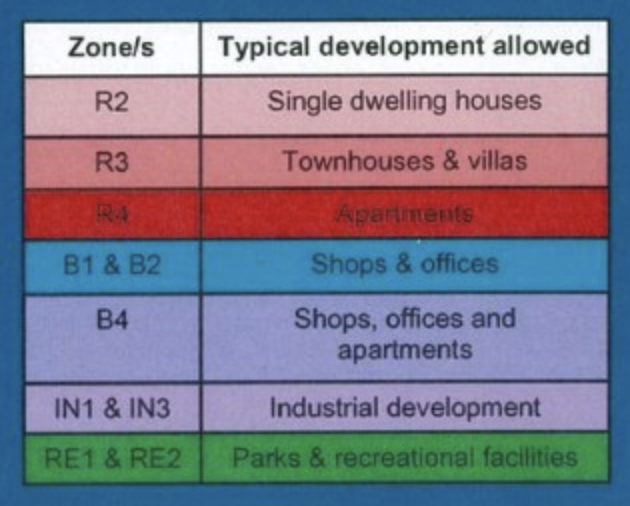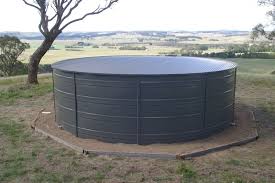There are so many good reasons to install a water tank on your property. Many of us are looking to participate in the ‘green revolution’ and benefit from having a rainwater tank as a part of that plan. As rainwater is collected and stored for future use many will benefit from the financial relief this water source can provide.
A rainwater tank can reduce your carbon footprint by allowing you to wash your car, water the lawn, and even wash your clothes if you are really wanting to save the planet. 😉 You can even install a filtration system to your water tank to collect and use your own drinking water!
When you’re thinking of installing a water tank you must make sure that all work is done while following state government specifications and requirements. NSW also has requirements that must be followed in the State Environmental Planning Policy.

Zoning is the main consideration when following the requirements of the planning policy in NSW.
For some areas in NSW, you will need to follow both a Litre capacity restriction and a distance restriction depending on the zoning of the area you live in.
Some of the main requirements are as follows:
Within a certain zoning group:
- the water tank must NOT exceed a capacity of 25,000 L if it is for an educational establishment

- the water tank must NOT exceed a capacity of 10,000 L for any other establishment
- the water tank must be at least 450 mm away from each boundary of the lot if the tank is more than 1.8 meters in height
- If the water tank is on land that sits within another group of zoning the tank must be at least 10 meters away from each boundary of the lot

Further requirements for installing a tank are:
- It must be located behind the building line of every road frontage

- It cannot rest on the footings of any existing building
- Cut and fill cannot be greater than 1 meter above or below the existing ground level
- There must be a screened rain head fitted (to prevent leaf litter and ensure self-cleaning)
- It must have a first-flush device (causes initial run-off water to bypass the tank)
- There has to be mosquito prevention constructed or installed to prevent breeding
- The overflow must be connected to an existing stormwater drainage system
- When dealing with heritage or draft heritage sites the tank must be located in the rear yard
- Pumps attached to the tank must be in a soundproof enclosure
- It cannot be interconnected with a reticulated water supply (town water) unless otherwise stated by your local authority
The long and short of this story is that installing a rainwater tank is a great thing to do for the environment and also for the pocketbook! But it’s not something you can DIY. As with most things plumbing, it requires the services of professional residential plumbers.
Limcora is here for all of your plumbing needs and if you’re looking to plan for a rainwater tank for a new build, we have the expertise to plan your entire system to work towards that. We can also help you to retrofit the perfect tank for your property. Chat to our team or give us a call to find out more.

